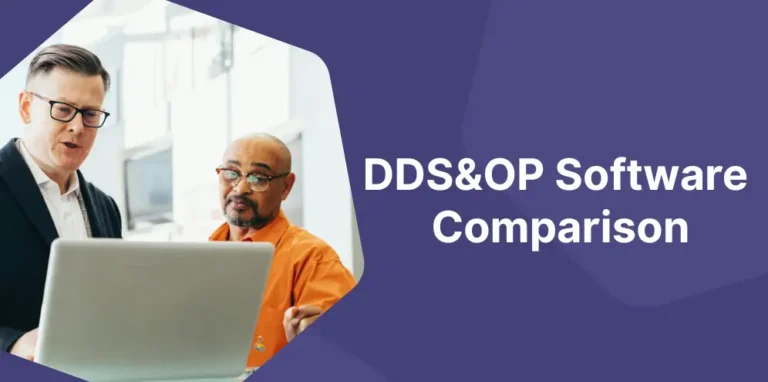There are a number of reasons executives give when they say they’re not ready to undertake a supply chain transformation.
Before we consider implementing Demand Driven, we must:
- Clean up our ERP system
- Implement a new version of our ERP system
- Strengthen our supply chain management basics
- Implement or strengthen our S&OP / MPS
- Deploy or reinforce our Lean practices
- Improve the accuracy of our forecasts
- Digitize our flows
- Reduce operational stress to free up time for projects
- All of the above
- And also… “
How long will these initiatives take? Will they be effective?
The Trap of Long-Term Programs
I’ve been a Lean practitioner for a long time. I’ve led many Lean transformations, either on a small scale — a flow, a shop floor — or on a company-wide scale. It’s an exciting adventure. You put a lot of energy into it, you take the time to get the teams on board, you celebrate the results, and after a few years you look back on the work you’ve done and are proud of it, collectively.
After a few years. When everything is going well. When there hasn’t been a change in management, a restructuring, or changes in the environment that have scuppered part of the program. In my career, I’ve had three such misadventures, in three different companies: we led deep transformations over 3 to 5 years, obtained remarkable results… which were squandered in a few months following a merger / acquisition or a change of the management team.
This is the life of companies. Things change, the environment evolves faster and faster.
On another note, have you ever been involved in an ERP changeover program that was supposed to last one year, then 18 months, then two years, then whose go live is regularly postponed?
Accelerating Demand Driven Transformations
My experience in supporting Demand Driven transformations suggests that, in a matter of months, companies can implement real, end-to-end demand driven operations — projects that often would have taken years, even with the support of seasoned Lean practitioners.
Moreover, this project — when it is well conducted — allows us to rethink the design of the supply chain, the lead times and rules of engagement, the data master, the governance, and so on.
After only a few months, we often find companies saying:
- We make better use of our ERP system’s core value: transactional data
- ERP processes have been simplified, facilitating any subsequent upgrade
- The supply chain management basics are strengthened
- Our S&OP process has become more relevant to the business
- We deploy Lean practices — pull flow, visual management — and foster continuous improvement
- We did not improve forecast accuracy, but forecast errors are less damaging
- We digitize our flows
- We reduce operational stress and can focus more on model improvements
Basically, everything we thought we needed to do before we could implement Demand Driven tactics.
What is the secret recipe? Precisely that the recipe is not secret.
It is simply a structured transformation process, a complete model (S&OP, Inventory and Flow Management, Scheduling and Execution) equipped with software modules that provide visibility and make anomalies and priorities obvious, with a common language, and some targeted training.
Making Change Last
There is an additional benefit to implementing a model and tooling it up: it helps to put the wedge of the Deming wheel in place. This is all the easier when users are happy to use the new software tools implemented, if they are intuitive, and if they cover all the needs.
Speed Without Haste
As expressed recently by several attendees at our user conference, in today’s changing world, it has become more risky not to implement Demand Driven tactics than to test them. So forget all the reasons not to, and give it a try, with the support of seasoned experts and comprehensive, proven software solutions.












